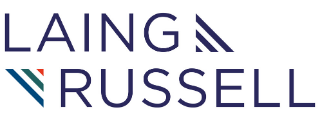Governance
Connecting to Value
In our experience, focusing and motivating your teams to deliver value for your organisation remains one of the most considered challenges for leaders. Especially doing it in a way that works. In a way that is both efficient and effective. We know that sustaining teams and individuals to do the right thing is critically important…
Read MoreEnterprise Change done right: keep your vision in mind
Whatever the label used by our clients, be that transformation, digital, agile or change, fundamentally we see our purpose as enabling change. Laing Russell is about getting enterprise change done right. Recent Bain & Company research endorsed our perspective that the central focus of any programme of work in this area should focus on changing…
Read MoreComfortable with Uncomfortable Debate
Whichever label we give it, fundamentally what our clients value from the Laing Russell team is the delivery of beneficial change, done right. Changing digital technology, systems, business process, operating model or structure and changing behaviours to deliver sustained value for organisations. Recent work has reinforced for us that a critical part of doing change…
Read More


